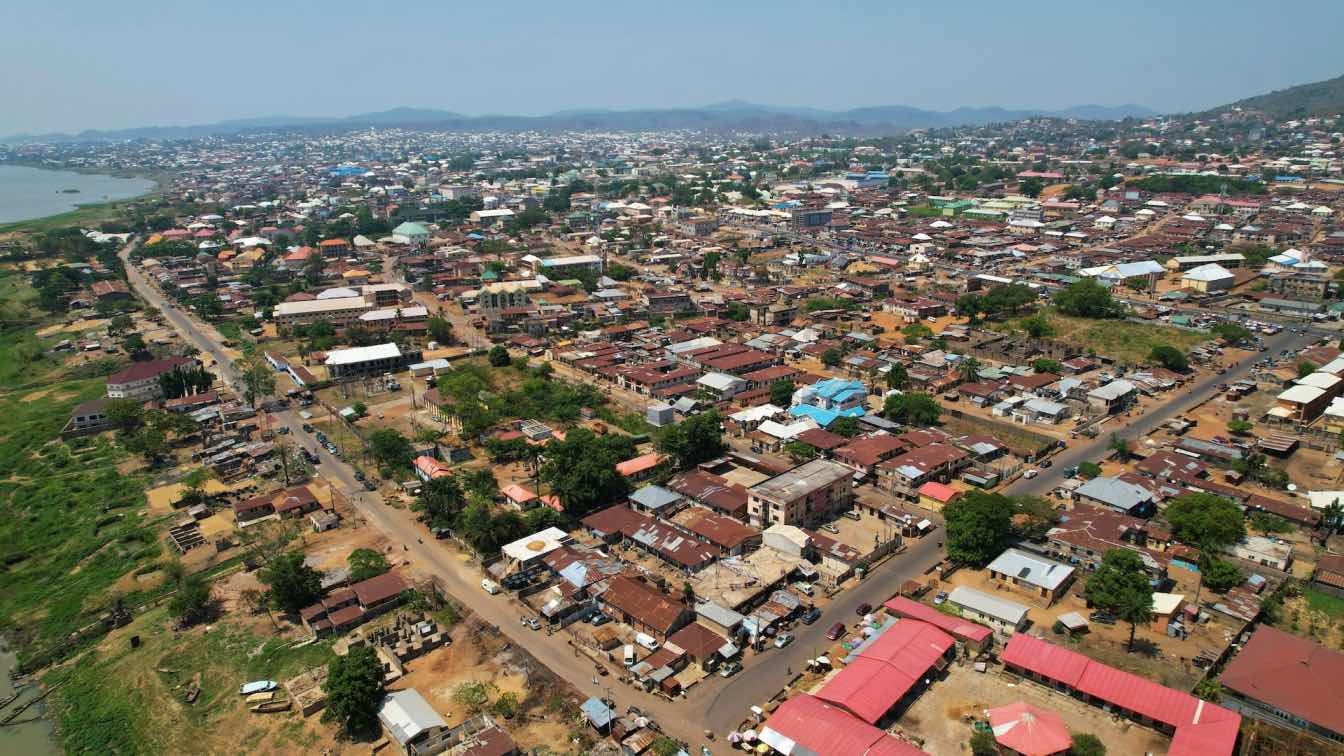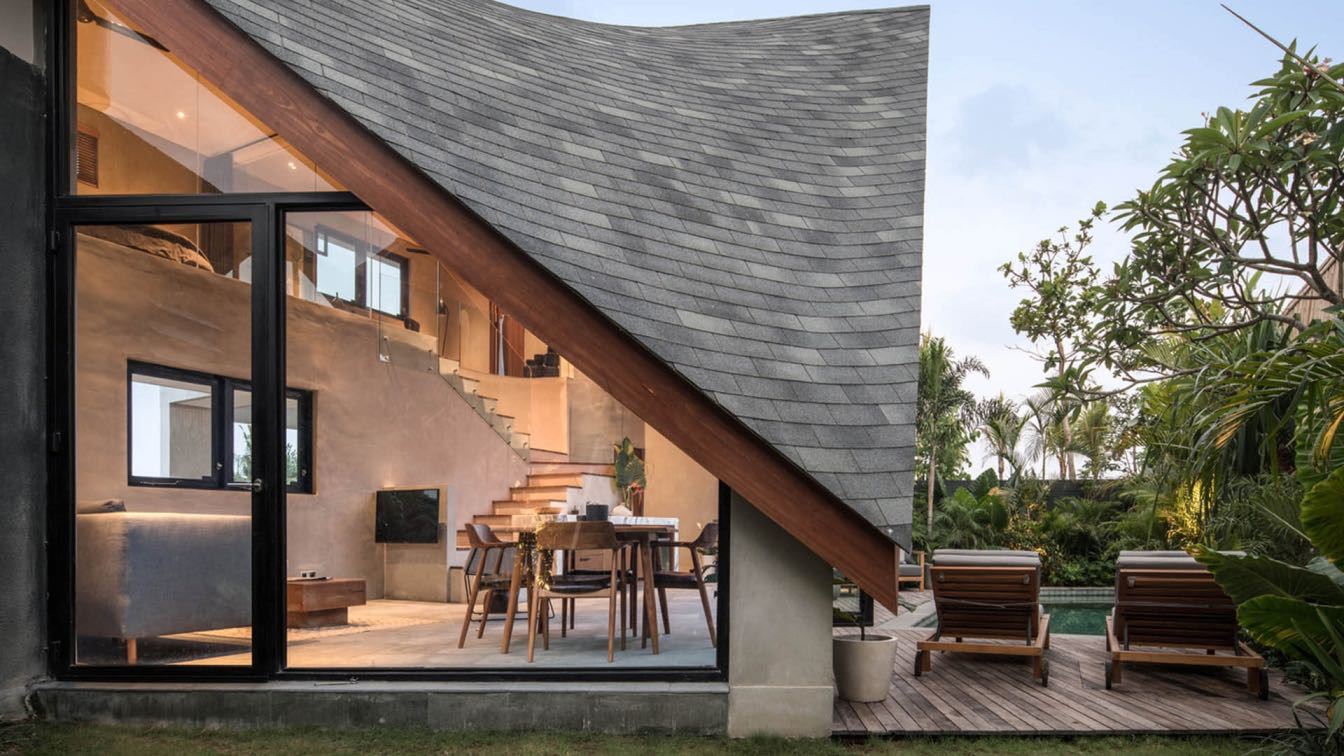The Physical Blueprint of Informal Economies
In Nigerian cities, the informal economy is not just an economic force—it is an architectural one. From sprawling street markets in Lagos to the compact roadside stalls in Kano, these spaces are improvised yet highly organized environments that redefine how public areas are used. Temporary structures, tarpaulin roofs, makeshift signage, and reclaimed materials form a dynamic urban fabric that adapts to the flow of goods and people. These evolving layouts often operate in harmony with, or in spite of, formal city planning.
Markets as Urban Landmarks
While many see informal markets as transient, they often serve as permanent landmarks in their communities. A cluster of plantain sellers, a row of mechanics working under corrugated metal awnings, or a concentration of spice stalls becomes a navigational anchor for residents. Over time, these spaces acquire architectural identity—unique arrangements of color, structure, and activity that make them instantly recognizable. Some even influence surrounding development, prompting new roads, bus stops, and small-scale housing projects.
Read also: Street Smarts: How Informal Economies Drive Nigerian Cities
Design Ingenuity Born from Necessity
One of the most striking aspects of Nigerian informal architecture is its resourcefulness. Vendors frequently repurpose shipping containers, wooden pallets, and disused metal sheets into functional and visually distinct retail spaces. The adaptability is constant—structures expand or contract depending on seasonal trade, changing weather, or shifts in demand. This fluidity challenges the rigid perception of architecture as fixed, showing instead a living system that can adjust overnight.
Social Infrastructure Hidden in Plain Sight
These marketplaces are more than just commercial hubs; they function as social infrastructure. They provide informal childcare, spaces for community meetings, and platforms for cultural exchange. A tailor’s stall may double as a neighborhood gathering point, while a food vendor’s seating area becomes a de facto meeting space. Such dual-purpose use demonstrates how architecture can be both utilitarian and socially sustaining, even without formal recognition.
Interaction Between Formal and Informal Spaces
Urban Nigerian architecture is shaped by a constant negotiation between planned developments and organic growth. Informal economies push the boundaries of zoning, extending activity into sidewalks, public squares, and even abandoned buildings. Sometimes this leads to conflict with municipal authorities, but in many cases, a tacit coexistence emerges. Over time, some informal structures are formalized through city permits, illustrating how official urban plans can absorb the vitality of street-level commerce.
The Digital Layer of Informal Commerce
In recent years, the integration of mobile payment systems and online marketplaces has added a digital dimension to these physical spaces. Vendors can now reach customers beyond their immediate environment, while still maintaining the tactile, face-to-face interaction that defines market culture. In some instances, digital platforms unrelated to retail—such as those offering Football Predictions—are used casually as conversation starters or entertainment in between sales, reflecting how technology naturally blends into the rhythm of market life.
Architectural Patterns as Economic Signals
The physical arrangement of an informal market often reflects the economic health of its community. When trade flourishes, stalls multiply, pathways narrow, and vertical storage solutions emerge. Conversely, during economic downturns, empty stalls and reduced inventories alter the landscape. For architects and urban planners, these patterns serve as valuable indicators, offering insight into broader socioeconomic trends.
Preserving the Spirit While Planning the Future
The challenge for Nigerian urban development lies in integrating the vibrancy of informal architecture into long-term planning without erasing its spontaneity. Formalizing markets can bring improved sanitation, safety, and infrastructure, but heavy-handed regulation risks stripping away the adaptability that makes these spaces thrive. The future of Nigerian cities may depend on recognizing that architecture is not always drawn on blueprints—it can also grow organically from the street, shaped by the hands, needs, and ingenuity of its people.





